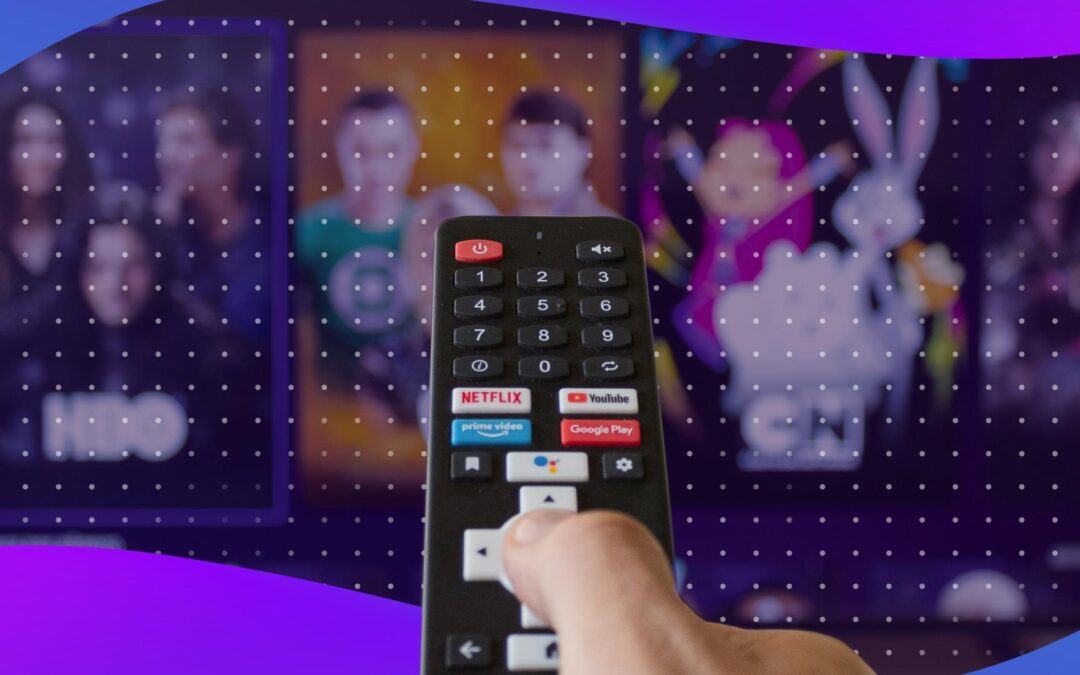I believe that advertisements are an essential component of watching television, albeit this may be a bit controversial to suggest.
Let’s first put this out of your mind: television is television, whether you watch it via cable, streaming, or over-the-air. Furthermore, the business model of television has not been centered on the sale of TV sets since the middle of the 1950s, when the installed base of TV sets in American homes reached critical mass. Its foundation is the sale of advertising.
However, network owners are not the only ones that benefit from advertising revenue. The owner of the content is also given access to it. According to Nielsen, the networks that air better content at primetime, when more people are watching, make more money from advertising. Thus, the value of advertising is closely correlated with the quality of the content. If reason wins out, studios would be more inclined to spend more on content creation if the end product was higher-caliber material that brought in more money from advertising.

The only one that appears to deviate from this is the streaming business model as it exists today. It was all about subscriptions, at least at first. However, that model eventually reaches a limit unless you continue to raise the membership costs, which regrettably has the potential to alienate a sizable portion of customers in a market with numerous subscription services. In order to generate some advertising revenue without reducing the cost of the membership, numerous streaming providers started to offer a “ad-based” tier. And it’s functioning. 57% of users of the eight main streaming services choose an ad-subsidized subscription, per a Parks and Associates study.
READ MORE: Radiant TV Unveils Fight Mecca: A Cutting-Edge Streaming Platform For Combat Sports
Now let’s return to this column’s opening statement and add more gas to it: All streaming services ought to be primarily ad-supported, in my opinion. “How many ad views can we get?” should be the main goal instead of “how many subscribers can we get.” The ad-free tier (if there is one at all) is therefore not simply a few dollars more expensive each month, but rather double or even triple. Why? Because the streaming services will have more money to produce more, better content if they concentrate on those ad bucks.

Recall that in the days of broadcast television, the network (such as NBC) controlled the content and owned the commercial spaces. These days, the network and the studio serve as the streaming service. They have complete authority over all advertising funds. In this setting, they can utilize data to identify which shows draw certain audiences and what the minimum price that advertisers are prepared to pay for spots.
READ MORE: NASCAR Fans Celebrate: A Free Streaming Channel Launches This Month
Niche content may benefit from this. Imagine that you have a show that 300,000 people enjoy watching (less than 1% of all Netflix users). The show may break even if the advertising budget is successful. Keep in mind that streaming services are not subject to the same time restrictions as traditional broadcast television. Thus, the number of available timeslots is limitless. It all comes down to the audience’s preferred viewing time. As long as the advertising covers the costs of creating, promoting, and delivering the show, that niche program may survive even if it doesn’t make a lot of money.

And this is beginning to manifest itself. FAST providers like Tubi and Roku are making significant investments in original content, as Jan Ozer explains in a recent piece titled The New Face of FAST. Why? because they are aware that ad income may be used to fund new content that attracts additional sponsors and viewers.
The financial paradigm for streaming needs to shift. Subscription-only services will eventually reach a plateau. They will need to keep going back to their subscriber base and “milking” them for more money by raising fees. However, streaming services will satisfy their users’ most pressing need—the ability to watch the content they desire—by embracing advertising as the main component of producing and sustaining high-quality television.
Radiant TV, offering to elevate your entertainment game! Movies, TV series, exclusive interviews, music, and more—download now on various devices, including iPhones, Androids, smart TVs, Apple TV, Fire Stick, and more.


